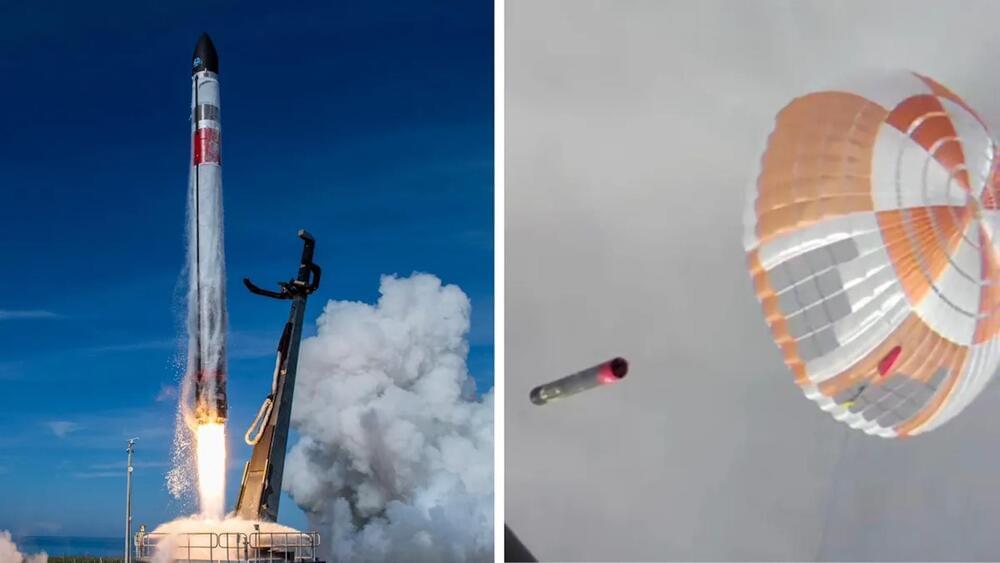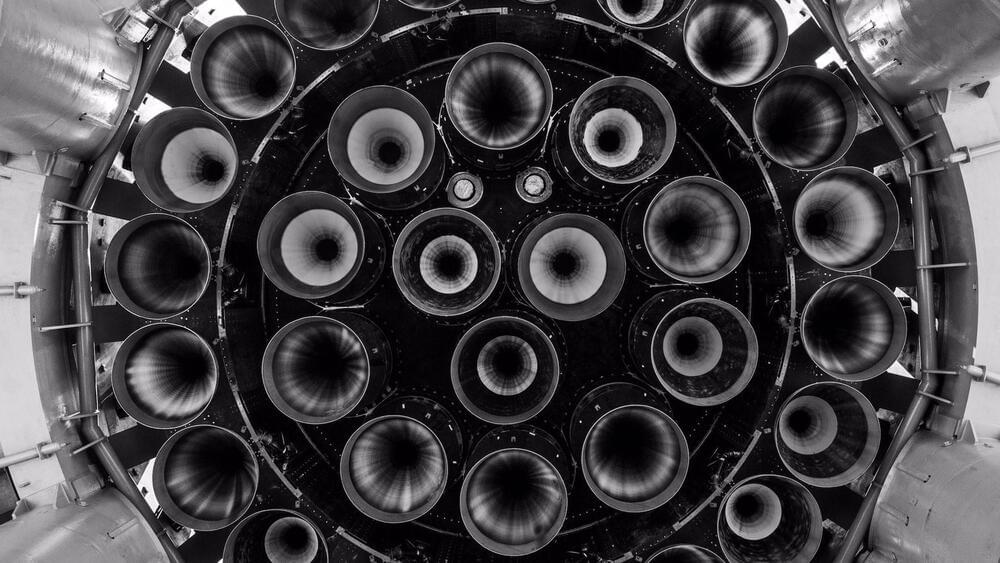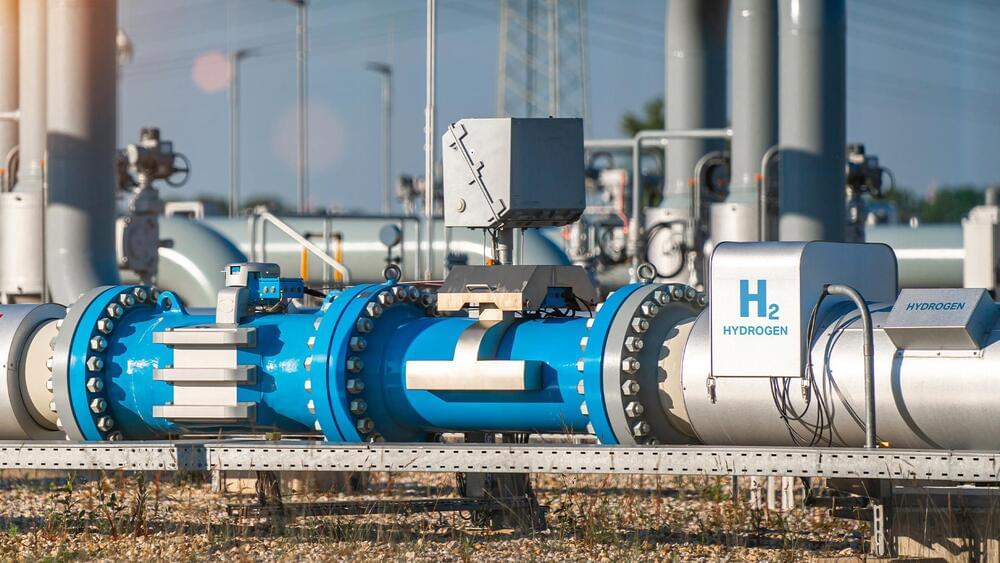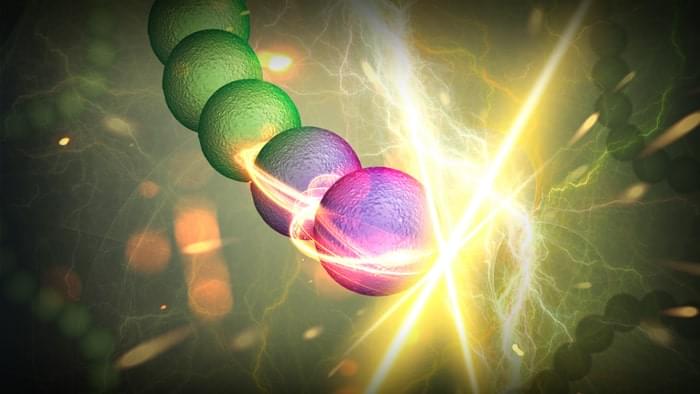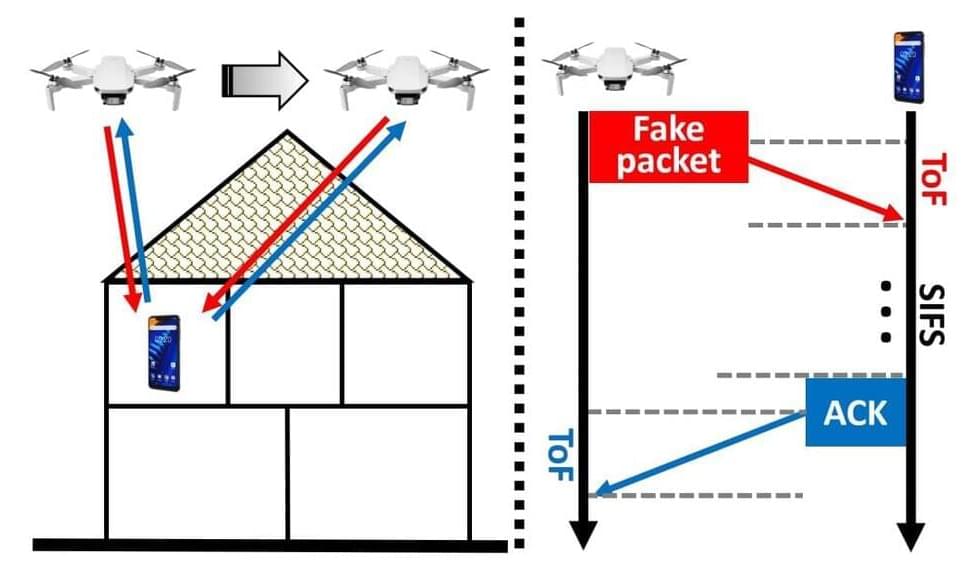The rocket startup will attempt to catch its Electron booster in mid-air and fly it back to dry land.
U.S. and New Zealand-based Rocket Lab will perform a second mid-air recovery attempt of its Electron rocket booster after the launch of a mission called “Catch Me If You Can,” a press statement reveals.
Rocket Lab to attempt another mid-air booster recovery.
Rocket Lab.
The launch is scheduled for November 4 at 1:15 p.m. Eastern from Rocket Lab’s Launch Complex 1 in New Zealand. The mission will lift a scientific satellite into orbit for the Swedish National Space Agency.
